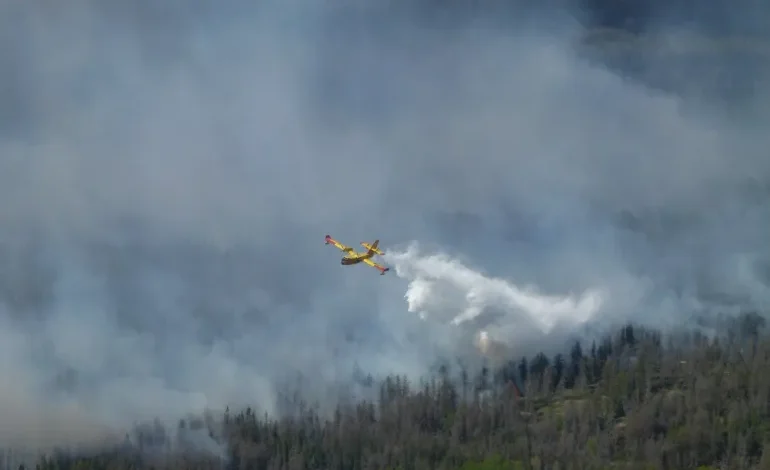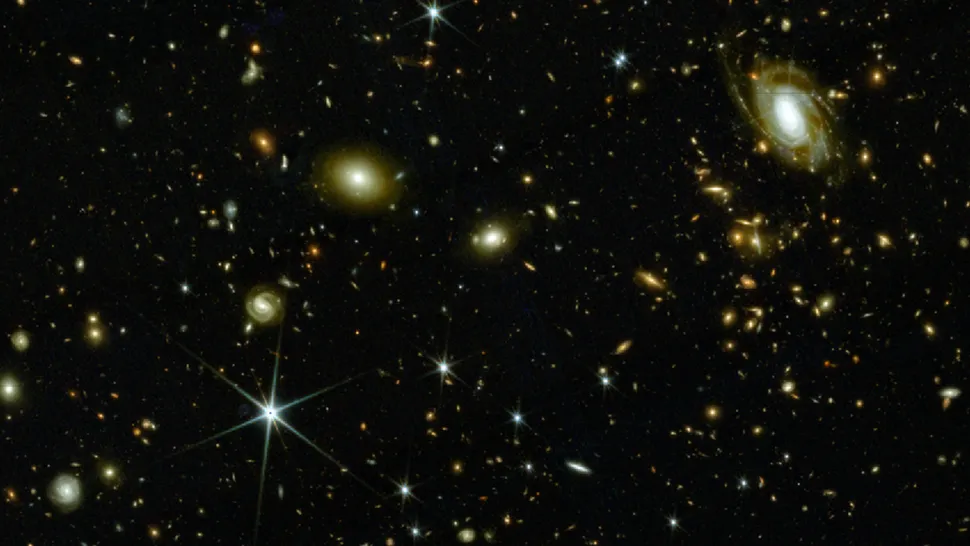Canadian Wildfires Blanket One-Third of U.S. in Smoke, Triggering Air Quality Warnings in Northeast

Smoke from hundreds of wildfires burning across three Canadian provinces has drifted southward, blanketing nearly a third of the United States in a hazy layer that has raised air quality concerns in parts of the Northeast and Midwest, according to U.S. weather officials.
The National Weather Service’s Weather Prediction Center reported on Tuesday that the smoke plume stretched from the Dakotas across the Ohio Valley and into the Northeast, reaching as far south as Georgia. While most of the smoke remains high in the atmosphere, it has significantly affected air quality in regions such as New England, New York state, and parts of the Midwest.
“Much of the smoke is aloft in the upper atmosphere, so in a lot of areas, there aren’t air quality issues,” said Marc Chenard of the National Weather Service on Wednesday. “But there are air quality issues as far south as New York and Connecticut, where it’s thicker and in the lower atmosphere.”
The wildfires, which began in early May, have surged in number and intensity, with 212 active blazes recorded as of Tuesday, according to the Canadian Interagency Forest Fire Centre. Over half of those are classified as out of control. So far, more than 2 million hectares (4.9 million acres) of land have burned, mostly in the western provinces of Alberta, Saskatchewan, and Manitoba.
The fires have disrupted oil production in Alberta, consumed infrastructure including a water tanker air base in Saskatchewan, and forced mass evacuations. In Manitoba, more than 17,000 residents have been ordered to leave their homes. The provincial government has declared a state of emergency.
“We have some challenging days ahead of us,” said Saskatchewan Premier Scott Moe at a news briefing, warning that evacuation numbers could rise rapidly.
While the most intense air pollution has been localized, health officials warn that wildfire smoke contains ultrafine particles — smaller than 1/40th the width of a human hair — capable of penetrating deep into the lungs and even entering the bloodstream.
“It will affect everyone at some level, all walks of life,” said Yang Liu, an environmental health professor at Emory University in Atlanta. “It’s bad.”
Those most vulnerable to the smoke include infants, the elderly, and individuals with pre-existing respiratory or cardiovascular conditions.
Air quality readings in parts of the northeastern United States reached dangerous levels on Wednesday morning. Williamstown, Massachusetts, near the borders of Vermont and New York, recorded a “very unhealthy” score of 228 on the IQAir index, which tracks global air quality. The index considers scores below 50 “good,” while anything above 100 is deemed “unhealthy.”
Other cities in the region saw milder impacts. New York City registered a score of 56, while Washington, D.C. recorded 55 — both in the “moderate” range.
Conditions in the Midwest showed signs of improvement. Ely, Minnesota, near the Manitoba border, saw its air quality improve to a “moderate” level of 65, a significant drop from a “hazardous” 336 the day before. Minneapolis, previously listed as the third-worst city in the world for air quality with a score of 168, had improved to 96 by Wednesday morning.








